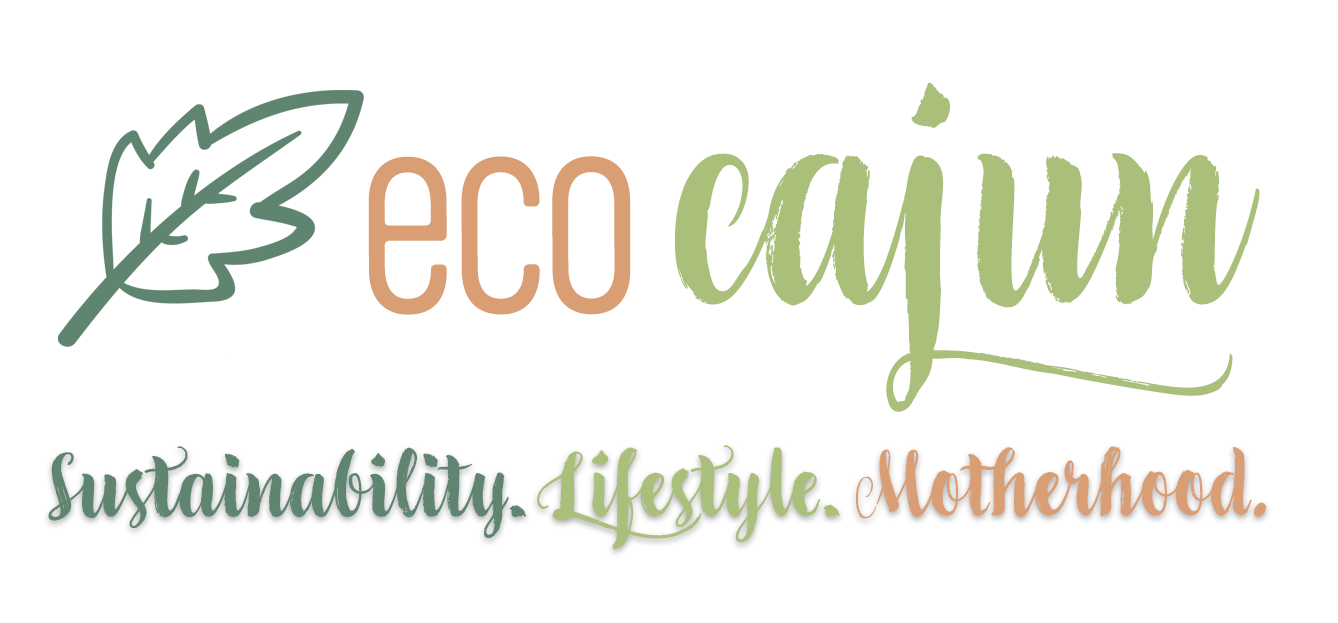Dyeing Easter eggs - naturally!
Maybe they're born with it, maybe it's turmeric! For a few years, I've experimented with using natural egg dyes, and it's been pretty successful! Check out last year's batch. It's a great way to use up older spices or make ingredients work double-time. Turmeric, paprika, pickled beets, and red onions are my favorite items to use with vinegar. Plus, it makes your kitchen smell great. Get the children involved and give them a fun, natural science experiment.Get some more natural egg-decorating ideas from EcoWatch.
When it's time to dry your dyed eggs, try this easy trick from Sloane over at Sincerely, Sloane: Since your water and soft drink bottle caps aren't recyclable, hold on to a handful of them to use as egg stands. They are the perfect size and collect any drippings, so cleanup is much easier!
Egg hunt time
Take your beautifully and naturally dyed eggs and hide them just before the hunt is set to start. Once all the eggs have been found, peel and use them for an Easter dish. Potato salad? Always a winner. (And now I'm hungry.)If you'd still prefer to use artificial eggs, or you are hiding them on a larger scale, you still have a better option! Eco Eggs is a company that makes plastic eggs from plant-based materials. They come in two sizes and are fillable, if you enjoy hiding treats and candy inside the eggs for the hunt. And the best part is, they aren't impossible to find. Amazon Prime those babies directly to your house. The company also makes eco-friendly Easter grass, made of recycled paper.
Onto baskets!
First things first. Don't go for those prefilled baskets at the store that come with cheap toys and that are wrapped in cellophane. The quality is low and the waste is high. It doesn't take much to make your own, and then you can really customize it for your child!If you already have Easter baskets, use them again. If you don't have a basket, ask around to see if a friend or relative might have one you can borrow. Look around online or in town for used baskets. Or simply look around your house and see what might double as a basket. Make one out of a gallon-size milk jug. Or use a pail, bucket or bin! (If you have a grown-up child, you can skip the basket altogether, because we really just want the goods anyway. This was my "basket" the year I asked for healthier items.)
Line the basket with eco-friendly Easter grass, or get to DIYing. Crinkle some kraft paper, or even shred some junk mail or scrap printer paper. Extra bonus points for using a small pile of Mardi Gras beads!
Now, to fill it with goodies. If you go with candy, choose healthier alternatives, whether fair-trade chocolate or healthier cookies. Go shopping at a health food store to get some ideas. There are many healthy children's snacks that make great basket stuffers. Throw in some fun creative items, like nontoxic markers and a coloring book. Or maybe even splurge and add a child-size reusable drink bottle!
Save any decorations, artificial eggs, and basket materials that you can use again year after year. I saved this basket from an Edible Arrangements and use it year after year to hold these plastic eggs that are probably 20 years old.
Interested in learning more about natural egg dyeing methods? You still have time to visit Vermilionville on Friday, March 18, and Friday, March 25 for some demonstrations! Tapclick those links to get to the Facebook event pages.
Remember that Easter is not one of the more materialistic holidays, so focus on reducing the amount of low-quality, single-use materials, and reusing what you do have. Make your events more about the activity than the items. Now it's time to plan the most epic egg hunt ever!








No comments